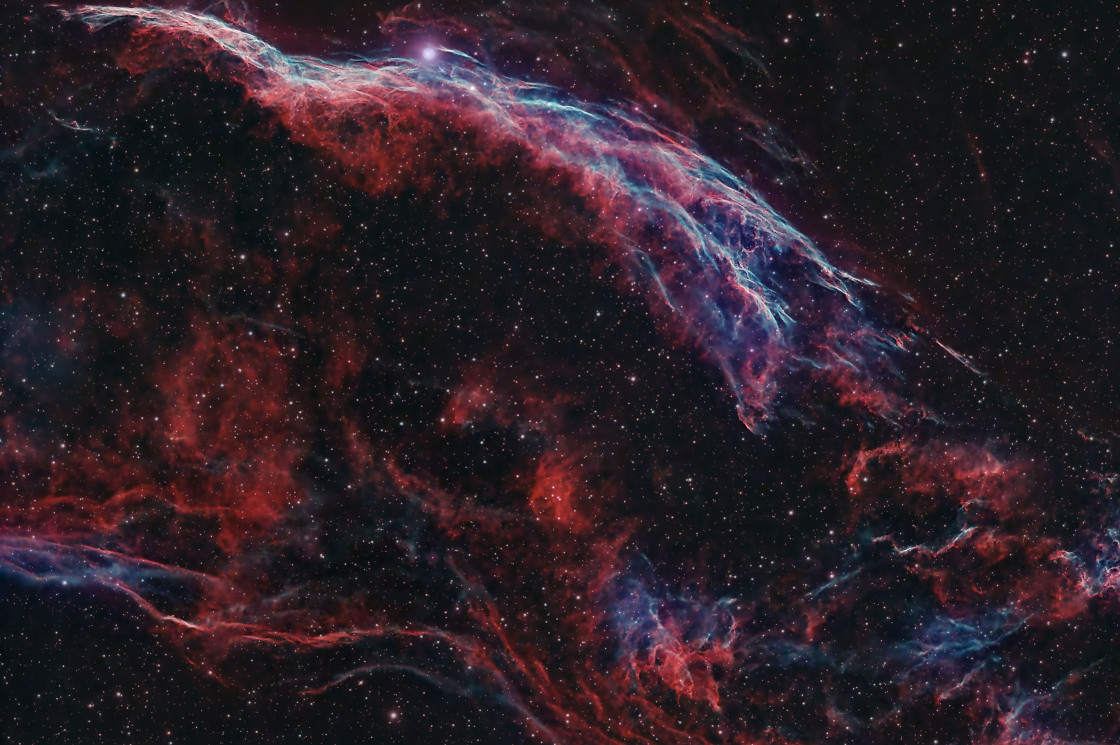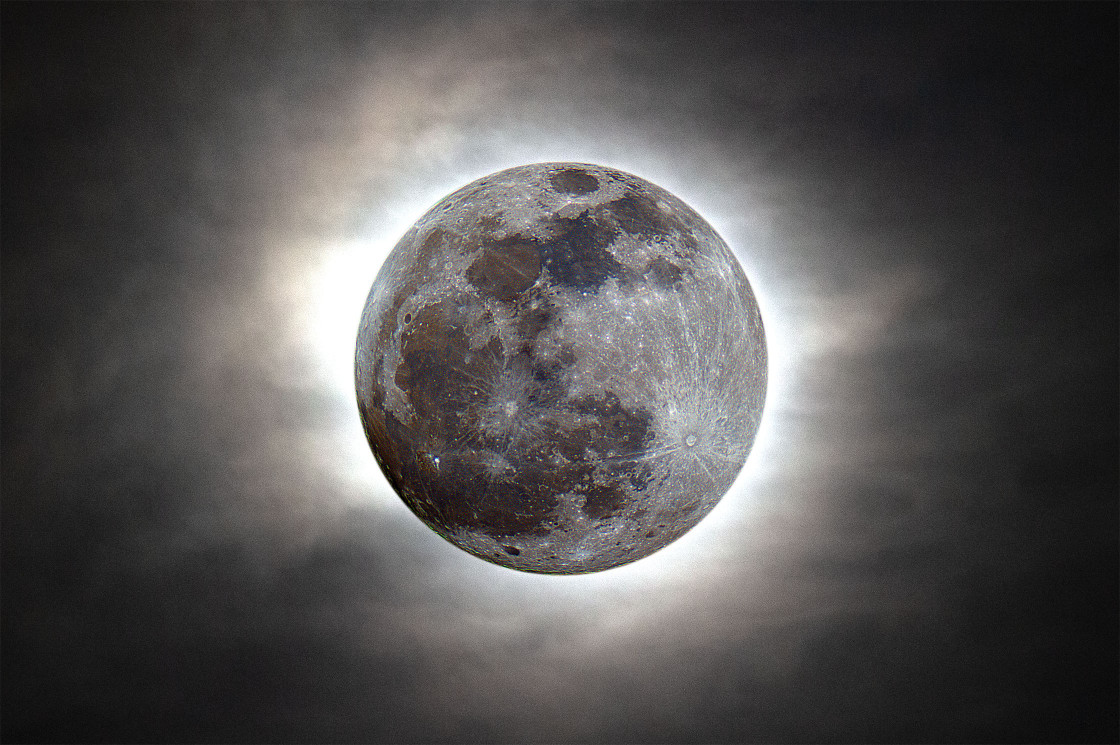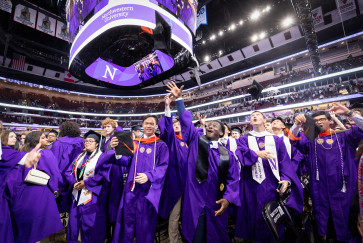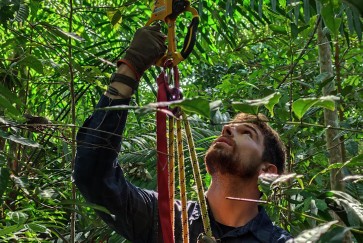Although his work blurs the boundary between art and science, Imran Sultan’s photos are always in sharp focus. And that’s not an easy feat, considering that the subject matter can be thousands of light-years away.
Sultan’s photos of our galaxy’s distant, beautiful features recently garnered two awards in the 2023 Royal Society Publishing Photography Competition’s astronomy category. His photo of the Western Veil Nebula received first place, and his photo of the Flower Moon received recognition as the sole runner-up.
An astrophotographer, Sultan is an NSF Graduate Research Fellow in galaxy formation at Northwestern’s Weinberg College of Arts and Sciences, where he is advised by Claude-André Faucher-Giguère, an associate professor of physics and astronomy. Both Sultan and Faucher-Giguère are members of the Center for Interdisciplinary Exploration and Research in Astrophysics. Sultan began photographing the night sky in summer 2020 — after receiving his first telescope. Since then, his works have gained popularity on social media and among his colleagues.
“I love sharing the wonders of our universe with others through my astrophotography,” Sultan said. “Whether it's an interesting look at the moon surrounded by clouds, or long-exposure shots of a nebula thousands of light years away that's too faint for us to see, photographing the night sky lets me capture and share the breathtaking sights that are right over us.”
The competition, which returned for the first time since 2019, “celebrates the power of photography to convey scientific phenomena happening all around us.” Judges selected winners — from nearly 600 submissions — for each category: astronomy, behavior, Earth science and climate, ecology and environment, and microimaging. Each category winner receives a $615 prize.
Sultan’s winning image shows the colorful Western Veil Nebula, a stunning remnant left behind from the explosion of a massive star 10,000 to 20,000 years ago. Located 2,100 light-years away, the nebula resides within the constellation Cygnus (the Swan).
“My picture shows a part of the nebula known as the Western Veil, imaged over two nights from the city skies of the Chicago suburbs,” Sultan said. “I was able to overcome the extreme light pollution, a growing problem that is detrimental to stargazing and makes deep sky astrophotography nearly impossible, by using a special filter which only allows certain wavelengths of light to pass through.”



